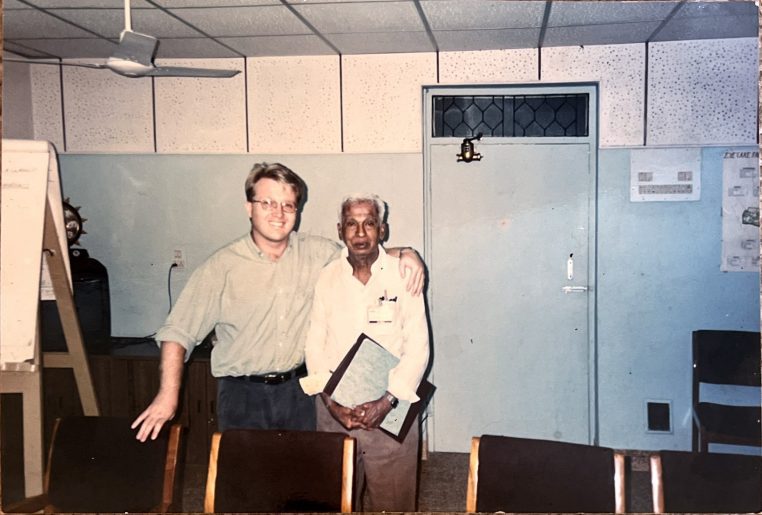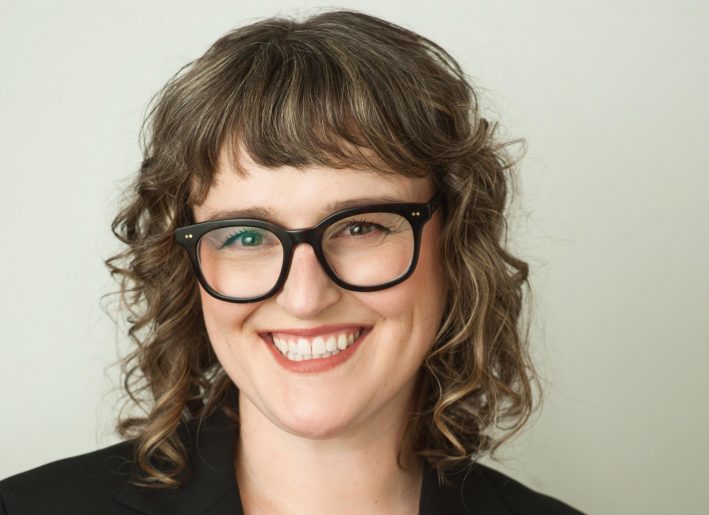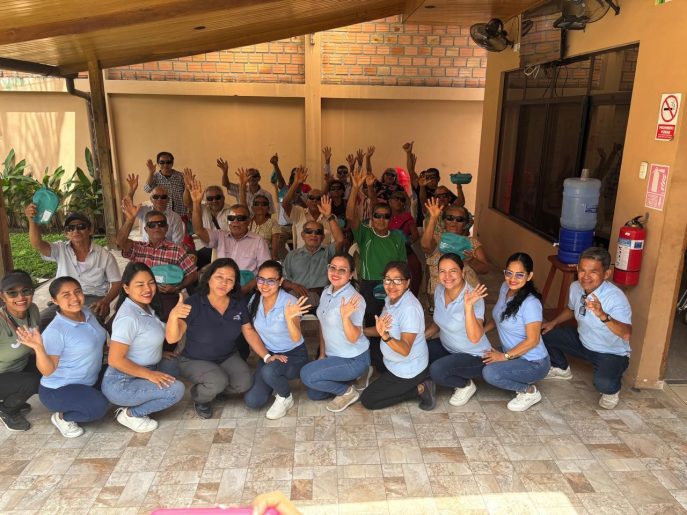Trachoma, the world’s leading infectious cause of blindness, is part of a group of conditions known as neglected tropical diseases or NTDs. Over 137 million people in 44 countries are at risk of trachoma with the African continent being the most affected.
People suffering with this debilitating NTD are unable to work and care for themselves and their families.
Where does Trachoma Exist?
Trachoma exists in impoverished rural communities where households are crowded, there is inadequate access to clean water and sanitation, resulting in poor hygiene.
How does Trachoma Spread?
Caused by the bacterium Chlamydia trachomatis, trachoma often begins in childhood, spreading from child to child and from child to caregiver, by hands, clothes, bedding or by flies that have been in contact with an infected person’s eyes or nose. Women are twice as likely as men to go blind from trachoma because they spend more time taking care of their children, livestock and household.
Women are twice as likely as men to go blind from trachoma because they spend more time taking care of their children, livestock and their household.
Women like Sepeli in Tanzania who went blind in her left eye from trachoma.
Sepeli in Tanzania is blind in her left eye due to trachoma
Trachoma begins as a bacterial infection similar to conjunctivitis or pink eye and can be treated easily with antibiotics. However, after repeated infections, the inside of a person’s eyelid can become scarred and turn inward causing their eyelashes to scrape against their eye with each blink. This agonizing condition is called Trichiasis. A person with trichiasis will slowly and painfully go blind due to scarring of the cornea just like Sepeli.
How is Trachoma Treated?
There is good news, trachoma can and has been eliminated in many countries. Seva and its partners follow the World Health Organization’s S.A.F.E. strategy to prevent and treat trachoma, improving the lives of millions of people, especially women, in some of the poorest places in the world.
The S. A. F. E. strategy is:
S – Surgery for trichiasis (inturned eyelashes)
A – Antibiotics to clear infection
F – Facial cleanliness to prevent transmission
E- Environment improvements to increase access to clean water and sanitation
Stopping and eliminating trachoma helps poor, marginalized communities, especially women, lift themselves out of poverty.
The number of people who need interventions, whether it’s antibiotics, facial cleanliness, or environmental improvements, has reduced tremendously. The outlook for the elimination of trachoma is good but it does require our investment. There is immense hope that we will reach elimination within the next five years.”– Dr. Paul Courtright, Provides Trachoma Technical Support to 18 countries, Founder of the Kilimanjaro Centre for Community Ophthalmology, and Seva Canada Board MemberTogether we can stop blindness before it happens!



